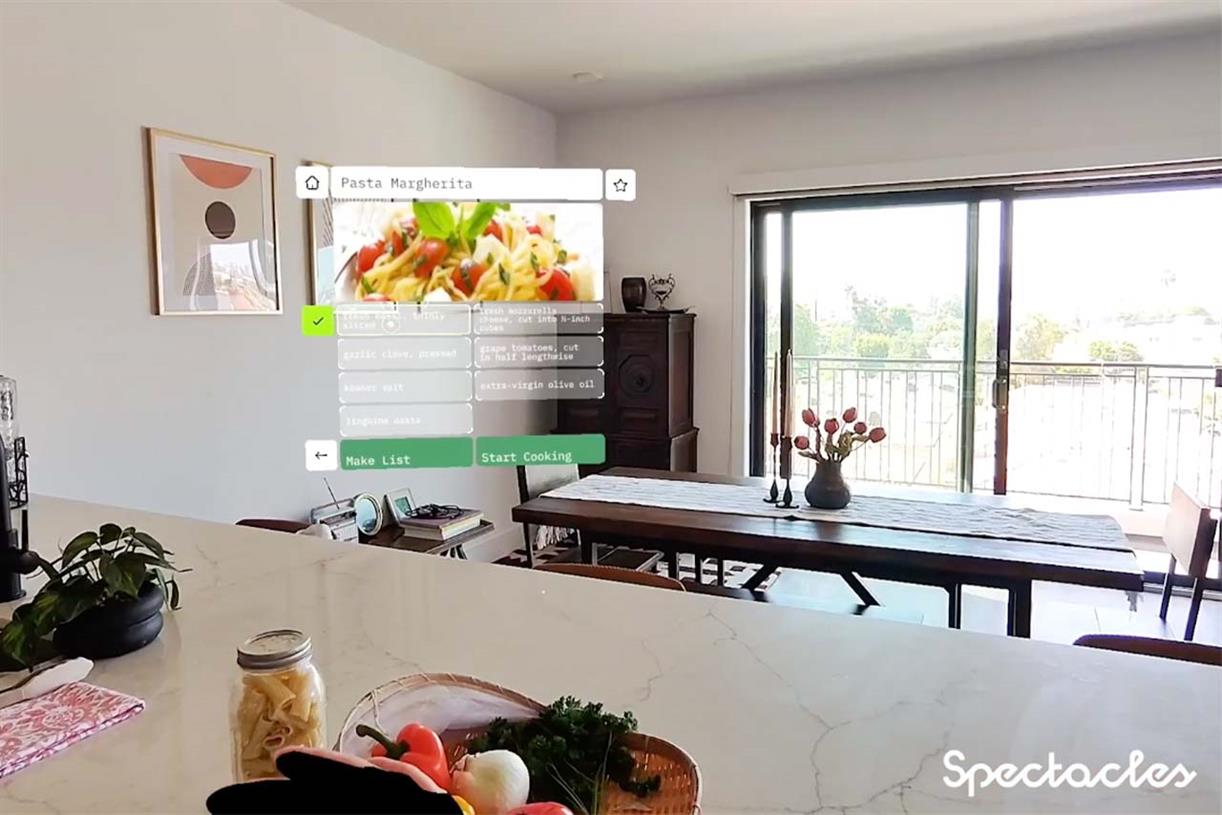Holiday marketing strategies—how brands and creators can work together this season
Brands seeking to work with influencers for the holidays should lock in their brand deals by October at the latest, Collective Voice survey reveals.

Summer may still be in full swing, but nearly 50% of influencers are already mapping out their social media content for the holiday season, according to a new survey from creator marketing platform Collective Voice.
Over a quarter of creators reported they begin planning their holiday-themed content, from gift guides to holiday shopping hauls, before the end of July, while 21% said their preparations start in August. For 30% of respondents, holiday planning begins in September, meaning that marketers who haven’t started to consider the role of influencers in their upcoming holiday campaigns are already running out of time to secure those sponsorships, said Lindsay Jerutis, general manager of Collective Voice.
“Brands should start to have serious conversations [about the holidays] with creators around June or July,” Jerutis said in an email. “That said, there should be a regular drumbeat of communication throughout the year to hear and learn from the creators about what they’re working on and planning for. If you’re speaking with your creator partners throughout the year, you’re going to benefit from the 27% of creators who start planning in the first half of the year.”
Related: Creator marketing trends to know about
The accelerated timeline for influencers comes as the overall holiday shopping season continues to start earlier each year. Last year, retail giants Target and Walmart kicked off their holiday campaigns in early October, and 56% of consumers began buying gifts that month, according to a McKinsey & Company survey. Only 45% of consumers surveyed told the consulting firm that they had started shopping for the holidays in Oct. 2021.
Like marketers, the holiday season comprises a large portion of creators’ yearly revenue. According to the Collective Voice survey, 57% of influencers receive a quarter of their annual income from their holiday content and related brand deals, and another 28% of creators earn almost half of their annual revenue during the holiday season.
Part of this boost in income during the holidays may stem from creators raising the rates they charge per post as marketers begin flooding their inboxes with requests for holiday sponsorships. Last year, influencer marketing agency Fohr reported over half of influencers up their rates during the holiday season.
Related: Walmart and Adobe pay the most for social posts
For the majority of creators, Instagram is the most lucrative platform during the holidays, with 57% citing the platform as their biggest source of revenue from holiday brand deals. Another 18% pointed to Facebook as their most profitable platform for holiday sponsorships, while just 5% named TikTok and YouTube as their main source of holiday revenue. Notably, 11% of influencers generate the largest portion of their holiday income from blogs, which they will often use to host extensive gift guides.
When it comes to holiday brand deals, the vast majority of creators are seeking “fewer, high-paying collaborations” rather than a plethora of single sponsored posts, according to Collective Voice. The platform’s survey revealed 85% of creators focus on “nurturing their existing brand relationships” when selecting brands to partner with for the holidays, and just 14% seek out sponsorships from brands they haven’t previously worked with.
Focusing on long-term creator partners during the holidays can be beneficial for marketers, too, as they can leverage existing data and insights from influencer campaigns during the rest of the year to shape their holiday content, Collective Voice’s Jerutis said.
“Leading up to the holiday season, brands that have already been experimenting with and gaining insights from creator campaigns will have a leg up going into this critical time of year,” Jerutis said. “It’s crucial for brands to think about their creator investments as an ‘always-on’ channel that they are constantly refining and optimizing. By the time the holidays arrive, they should have enough data and insights to know how to most effectively allocate their creator spend to the right creator channels that yield the best results.”
Influencer partnerships can also offer marketers a direct line to the 69% of shoppers between ages 25 and 34 who consider creators a “great source of inspiration for holiday gifting,” per Collective Voice data. Brands that team up with a diverse range of creators during the holidays can also reach into a broader range of consumers than they likely would through just the brand’s owned social channels, creator Kayla Fernandez said in the survey. “It’s important for brands to showcase a variety of cultures and ethnicities during the holidays,” she said. “We have dollars, too, that we love to spend during the holidays … and creators of color often speak directly to those audiences.”
Related: Black creators find fewer partnerships for Black History Month
Seventy-five percent of marketers surveyed said they plan to up their holiday marketing from 2022. A majority of the marketers plan on leaning into social media for the holiday, with 60% saying they intend to incorporate TikTok videos and Instagram Reels into their holiday content.
Another 36% of marketers report planning to “explore live shopping” during the holiday season, as well. Brands could bring in influencers to support their holiday live shopping efforts, said Jerutis, who anticipates that only brands that have experimented with live shopping will add the format to their holiday marketing strategies.
“Live shopping is an emerging trend that we’re seeing a lot of marketers and creators start to think more seriously about,” said Jerutis, but there isn't enough data to prove whether live shopping is “the smartest strategy to hang your hat on for the busiest season of the year.”
She added: “Marketers should definitely be actively testing and learning about how livestream shopping can perform for them throughout the year … to better understand whether [live shopping] is going to be a winning strategy when the holiday season arrives.”

 Astrong
Astrong 
































